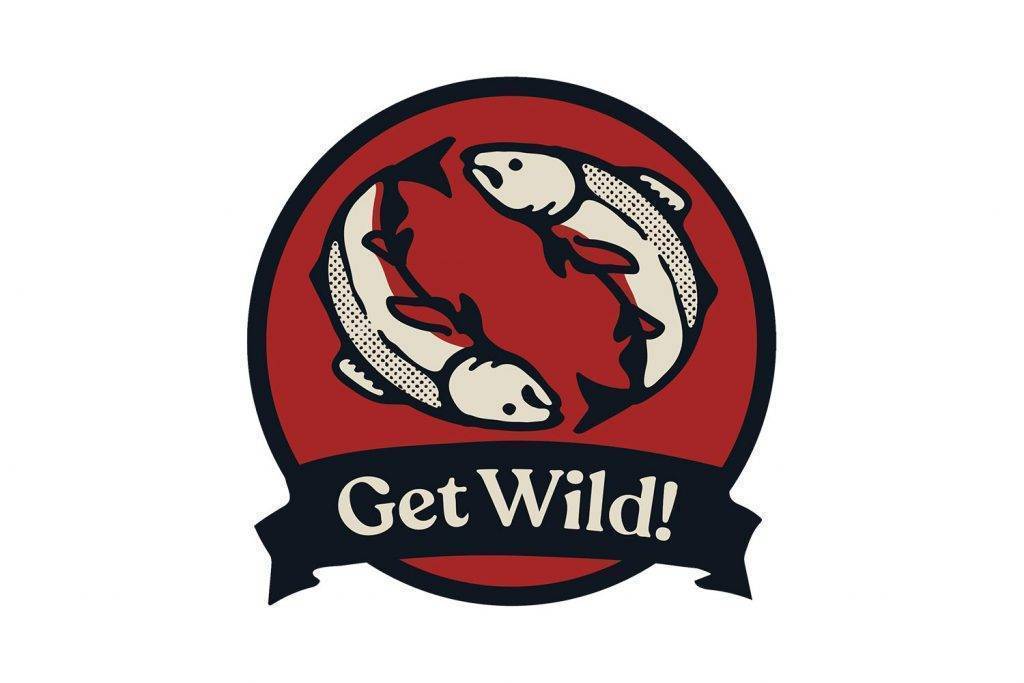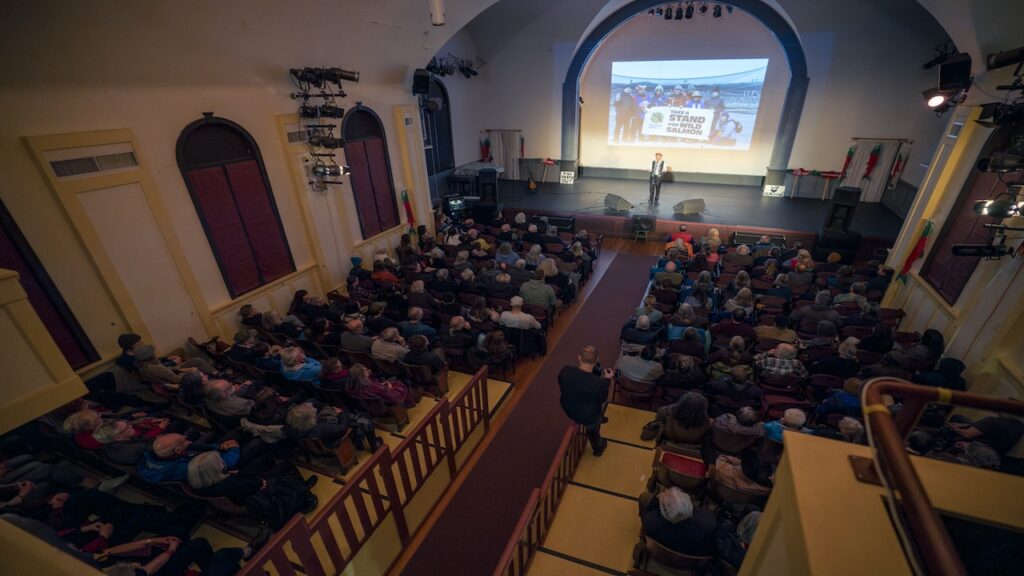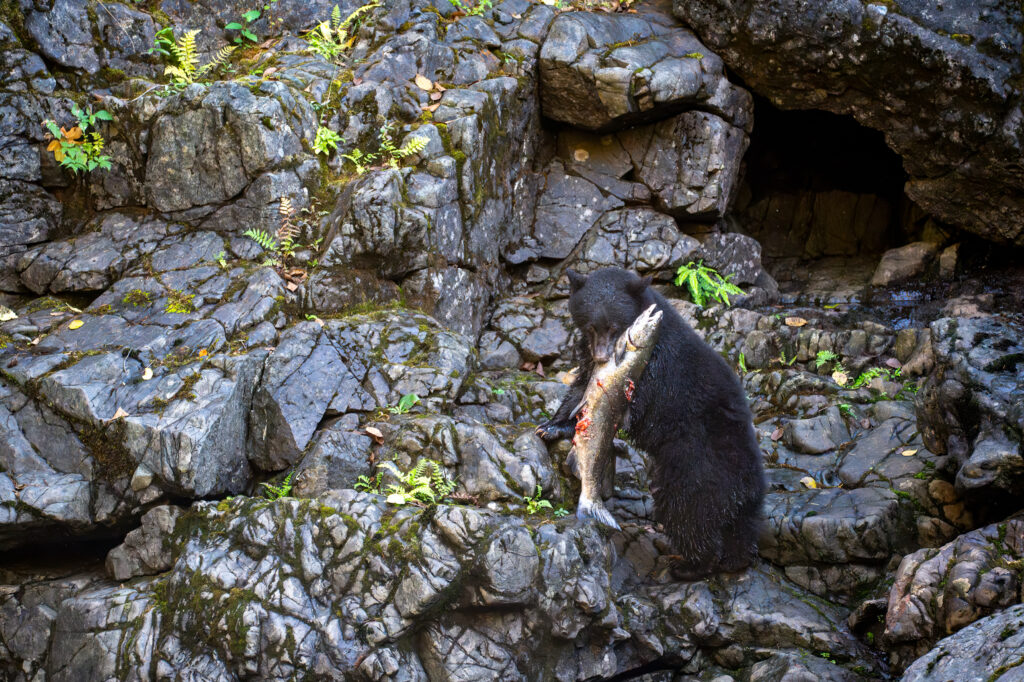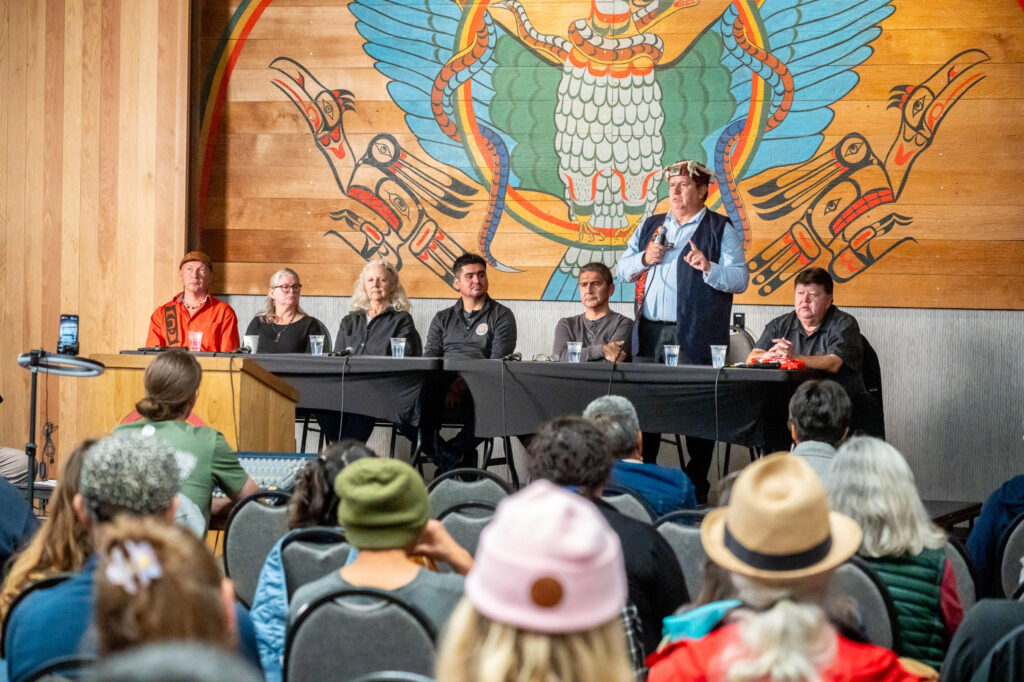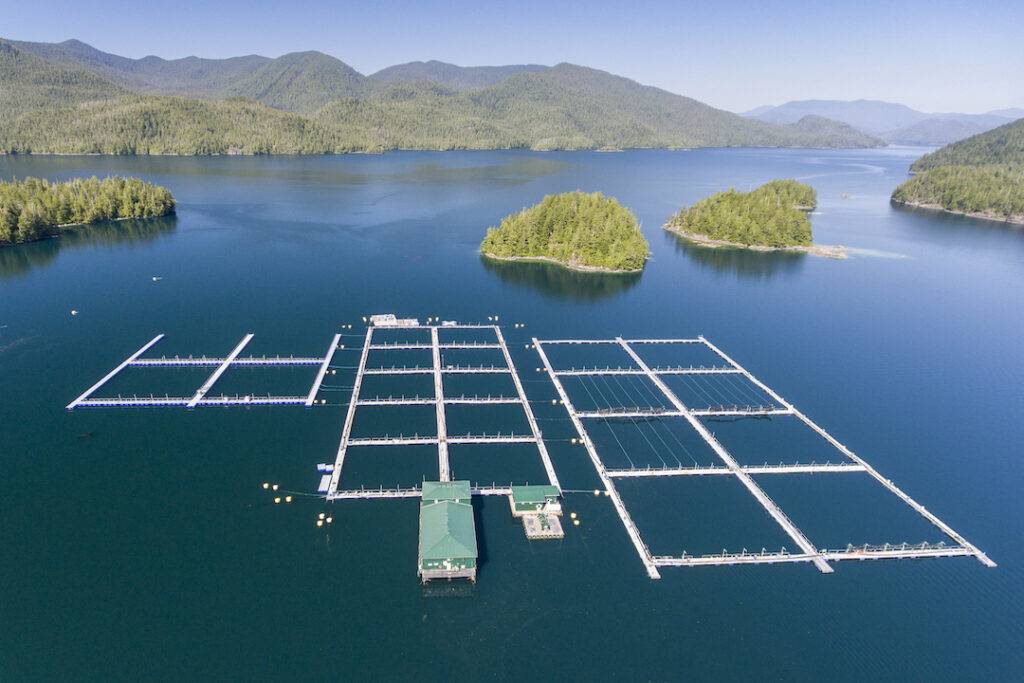It’s been a long haul to date…but the end of open-net pen salmon farms is now in sight!
In 2019, the federal government promised to remove salmon farms from BC waters by 2025. Last week, the Department of Fisheries (DFO) announced how they will do it.
Here’s how: by breaking the promise. Kicking the can down the road another 5 years is completely unacceptable, given the wild salmon state of emergency, and the Department of Fisheries and Oceans (DFO) mandate to protect wild fish.
This is what industry wanted: it’s a tactic known as predatory delay. Everybody knows that environmental change is needed, but industry wants to delay the implementation of necessary changes, so it can continue to profit from those very environmental harms.
So at this point, we have just another promise. Meanwhile, we all get another 5 years of pathogens, parasites and pollution. The only question worth asking is: will wild salmon survive this transition? They are already so close to extinction. Last fall, only two Chinook spawners returned to the Upper Kennedy River, here in the Clayoquot Sound UNESCO Biosphere Region. Just two. At some point they will hit the point of no return….
Many are super-disappointed about the recent 5-year licence renewals. We remain committed to fighting hard until the last farm leaves—by July 1st, 2029 at latest. The future is not yet written, and there are many pitfalls ahead for salmon farming companies. The transition may be complete long before 2029.
Complete ban on open-net pen salmon farms
However, the federal government did just announce a complete ban on open-net pen salmon farms by July 1st, 2029!
Companies “will be required to fully terminate these operations by that date, and will be expected to make restocking and harvesting decisions consistent with this requirement… Regulations will be updated to reflect this policy statement”. This is a death knell for the BC salmon farming industry… As their fish grow out, they will be expected to shutter hatcheries, and then remove their cages from the ocean. So the number of salmon farms in BC waters (down by 40% already—thanks to First Nations leadership ) will steadily decline over the next 5 years. They do not want to move onto land (why would they want to lose their free water and sewage, and have to pay for land, like real farmers?), and there is no in-water closed containment in existence that contains wastes and effluent.
Clearly, we are going to have to fight tooth and nail in order to hold the government accountable, and to ensure that companies do indeed phase out operations.
Right now the ban is just policy—what is needed immediately is regulatory change. Otherwise we just have a re-run of the 2019 promise…
The Draft Transition Plan will be released in late July this year, and then there will be consultations. Feedback on the Draft Plan will be key, as this is where DFO will articulate milestones, principles, and criteria for the phase down of salmon open net-pen aquaculture, as well as how open net-pen operations will be managed until the ban is fully implemented.
Clayoquot Action, along with allies, will be advocating for more stringent and enforcable regulations in the interim, clear timelines for the phaseout, testing for pathogens such as PRV, and independent monitoring by a third party not in partnership with fish farm companies.
Fish farm companies are litigious bullies
The problem is that government works on political timelines. In fairness, Covid struck within months of the original 2019 promise, which obviously slowed down government’s ability to implement the promise. And the truth is, salmon farming companies are aggressively litigious. They lawyer up and sue the government, whenever their bullying tactics fail to achieve desired results.
For example, the first time DFO removed salmon farms from the Discovery Islands (DI), the companies went to court, and won. The judge did not disagree with the rationale behind the decision, rather stating that there was not ‘procedural fairness’ in the decision. So, then-new Fisheries Minister Joyce Murray had to re-do the consultations, and invoked the Precautionary Principle, once again removing the farms.
Companies demanded a second Judicial Review. This time the court ruled that indeed, the government of Canada does have the right to regulate corporations who are polluting Canadian waters and harming wild salmon.
This is the political reality within which our government operates. Perhaps if they had fast-tracked the transition (as did the shíshálh Nation—Greig Seafoods was out of their waters within months of being asked to leave ), the issue would have been held up in the courts for years, possibly delaying the transition even longer than five years.
Fish farms entirely within human control
Nature works on biological, not political timelines. Wild salmon populations have been in dramatic decline for about 3 decades. There are many reasons for this decline. Over-fishing is one challenge that was addressed decades ago. But the catch reductions have not resulted in a rebound of wild salmon.
Over-logging and the climate crisis are often cited as potential causes of salmon decline. No doubt these both play a role, but here in Clayoquot Sound, the largest remaining rainforest on Vancouver Island provides plenty of pristine salmon habitat, yet salmon populations in those river valleys are also tanking. Obviously there is an urgent need to reduce carbon emissions, but even when we achieve this, the positive results could take decades or longer to begin to manifest.
Salmon farming has serious impacts on wild salmon. It is true that companies partner with DFO to produce science that shows no harm. But there is another body of science from around the world showing harm. This means that at best, DFO’s science is uncertain. In cases where there is the potential for serious or irreversible harm, the DFO is legally obliged to implement the Precautionary Principle, which basically means to manage extra carefully. Ignoring a large body of science clearly showing serious harm would not be cautious, or prudent.
Removing fish farms works!
We know what happened on the east coast of Vancouver Island when fish farms were removed from the Broughton Archipelago and Discovery Islands. Within 2 years, pink salmon began to return in astonishing abundance. What are we waiting for?
This transition will no doubt have an economic impact on remote First Nations communities (whose members nevertheless continue to advocate for removal ). The transition plan must give clear instructions on how workers and remote communities will be supported financially through the transition, such that they are not the ones who pay for ecosystem protection. There will be a multi-Ministry response team to implement the ban. This is a good sign—DFO has no expertise in economic transition.
Failure is not an option
Feel like giving up? We won’t—and here’s why: wild salmon don’t give up. They survive against all odds, morphing from fresh water to saltwater and back again at life’s end, voyaging through the North Pacific while evading predators, and yet somehow returning to the very stream where they spawned, to swim upriver, literally jumping up waterfalls to lay their eggs and offer their final gift: feeding over 100 species of wildlife, and then fertilizing the forests that make the air we breath with nitrogen from the sea.
There’s another reason we won’t stop until the last fish farm leaves. Former Fisheries Minister Joyce Murray said it best last year: “when it comes to protecting wild salmon, failure is not an option”.
Dan Lewis is Executive Director of Clayoquot Action.


